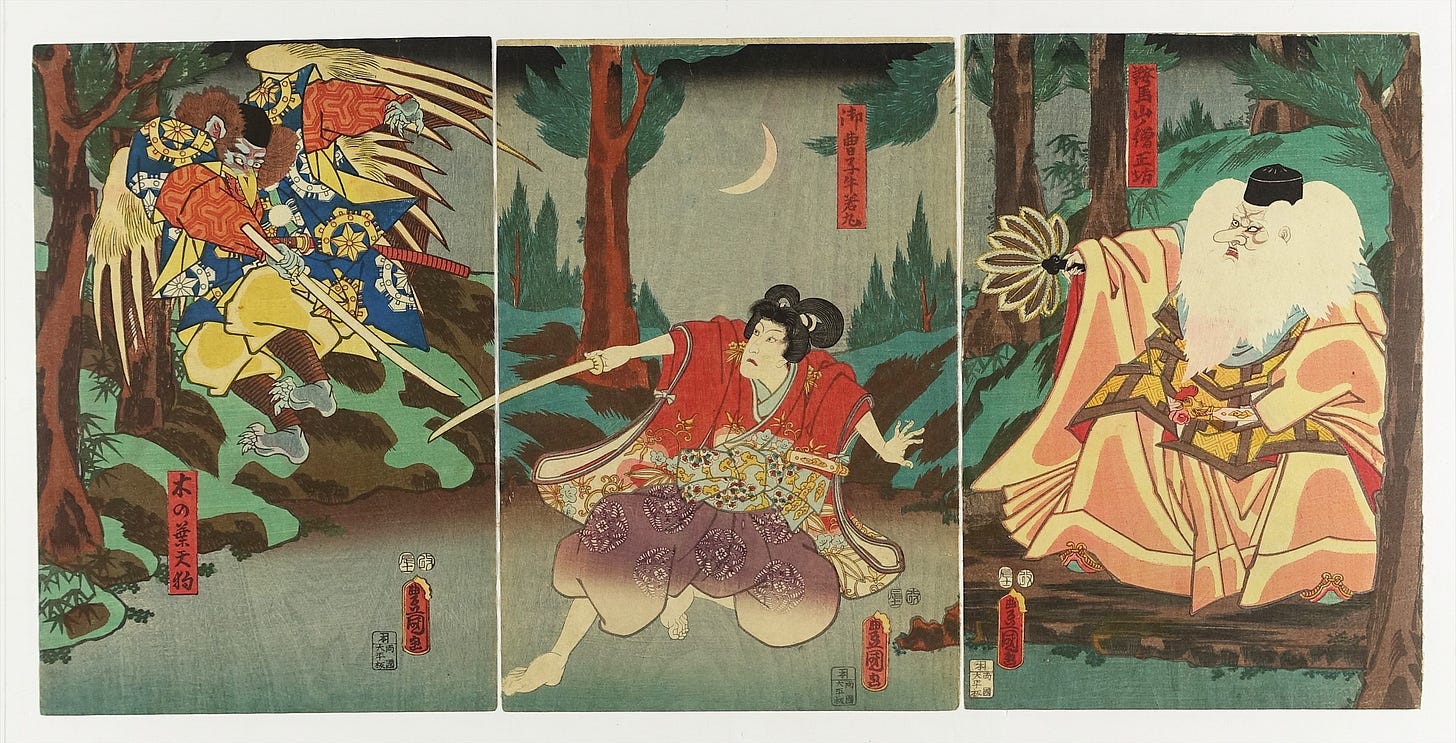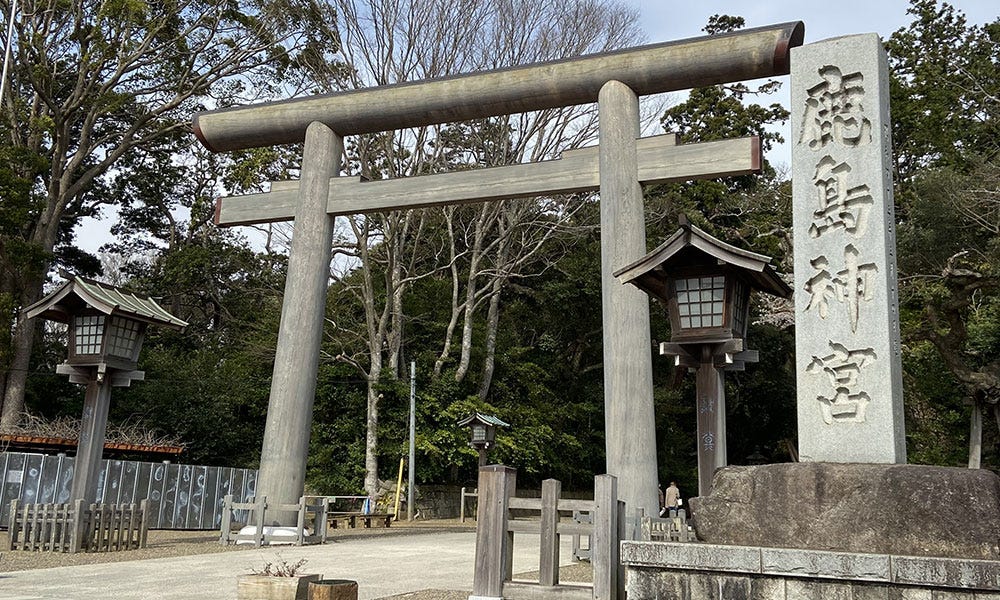The emergence of integral martial systems can be observed from about the 14th century onwards. Initially, there were three main traditions that subsequently provided the basic teachings for hundreds of later derivative schools. Many scholars cite them as the Katori Shintō-ryū, Shinkage-ryū and Ittō-ryū streams. Although the Ittō-ryū became one of the most important swordsmanship schools of the Tokugawa period thanks to its patronage by the shogun, its origins go back further to the Chūjō-ryū, which had its roots in the Nen-ryū. Thus, it is the Tenshinshōden Katori Shintō-ryū (天真正伝香取神道流), the Nen-ryū (念流) and the Kage-ryū (影流) that were central to the genesis of the ryūha-bugei.
Tenshinshōden Katori Shintō-ryū (天真正伝香取神道流): Iizasa Yamashiro-no-Kami Ienao (飯笹山城守家直) (1387-1488?). The most prominent branches of this school are the Bokuden-ryū (Shintō-ryū 新當流) and the Arima-ryū.
Nen-ryū (念流): Created by the monk Jion (慈音) (1351-?).
Chūjō-ryū (中条流): The Chūjō current traces its origins to the monk Jion. Related schools include Toda-ryū and the well-known Ittō-ryū.
Kage-ryū (陰流): Formed by Aisu Ikōsai (1452-1538), the Kage-ryū stream became increasingly influential in the Tokugawa period with the shogunate's patronisation of the Yagyū Shinkage-ryū.
In particular, the Kashima and Katori regions were ‘hotbeds of martial arts proliferation in ancient times’.
As original sources of kenjutsu schools, the ‘Seven Schools of Kantō’ (関東七流) and the ‘Eight Schools of the Capital or Kyoto’ (京八流) are mentioned. The Seven Schools of Kantō, also known as the Seven Schools of Kashima, include the following traditions:
1. Kashima-ryū (鹿島流)
2. Katori-ryū (香取流)
3. Honshin-ryū (本心流)
4. Bokuden-ryū (ト伝流)
5. Shintō-ryū (神刀流)
6. Yamato-ryū (日本流)
7. Ryōi-ryū (良移流)
The exact origin of most of these early traditions is somewhat unclear and shrouded in mythical claims that often allude to divine inspiration. For example, in the Tenshinshō-den Katori Shintō-ryū, considered the oldest fencing school in Japan, legend has it that at the age of sixty, founder Iizasa Chōisai Ienao (1387-1488) endured a gruelling thousand-day training regime (senrō kaigan) at the Katori shrine. One night, the shrine's deity, Futsunushi-no-Kami, appeared to him in the form of a small boy standing atop a plum tree and imparted to him the secrets of strategy and martial arts on a special scroll that read: ‘You will be the master of all swordsmanship under the sun’. On the basis of these divine teachings he formed his own school.

It is said that these schools were passed down by families related to the Kashima Shrine. Although the origins of these arts are uncertain, it is believed that they were initially taught to the defenders (sakimori) sent to western Japan, and the concept of the martial arts has been preserved from ancient times, showing an early influence on the development of kenjutsu.
On the other hand, the Eight Schools of the Capital have Kiichi Hōgen (鬼一法眼) as their founder, and were passed down to eight monks who gathered at Kurama Temple: Yūkai (祐来), Seison (清尊), Chōhan (朝範), Shōson (性尊), Ryūson (隆尊), Kōson (光尊), Shōyū (性祐) and Ryōson (了尊). This tradition is also known as the school of Kiichi Hōgen (鬼一法眼流) or Hōgan-ryū (判官流). According to tradition, Hōgan-ryū was taught by Kiichi Hōgen to Minamoto no Yoshitsune (源義経). If this transmission is accepted as authentic, it would imply that some form of tachi (long sword) handling technique structured as a system existed as early as the late Heian period.

The ‘Eight Schools of the Capital or Kyoto’ are:
1. Kiichi-ryū (鬼一流)
2. Yoshitsune-ryū (義経流)
3. Masakado-ryū (正門流)
4. Kurama-ryū (鞍馬流)
5. Suwa-ryū (諏訪流)
6. Kyō-ryū (京流)
7. Yoshioka-ryū (吉岡流)
8. Hōgan-ryū (法眼流)

The Kashima Shrine (鹿島神宮), known since ancient times for its war-related deity, and Kiichi Hōgen (鬼一法眼), the legendary onmyōji (master of esoteric arts), represent two currents with a strong religious character that gave rise to numerous schools of martial arts.




